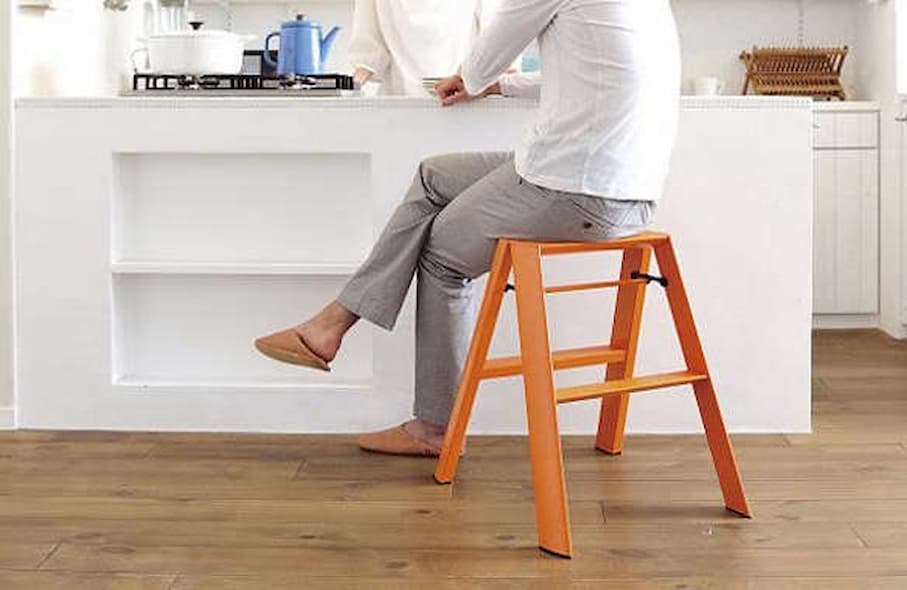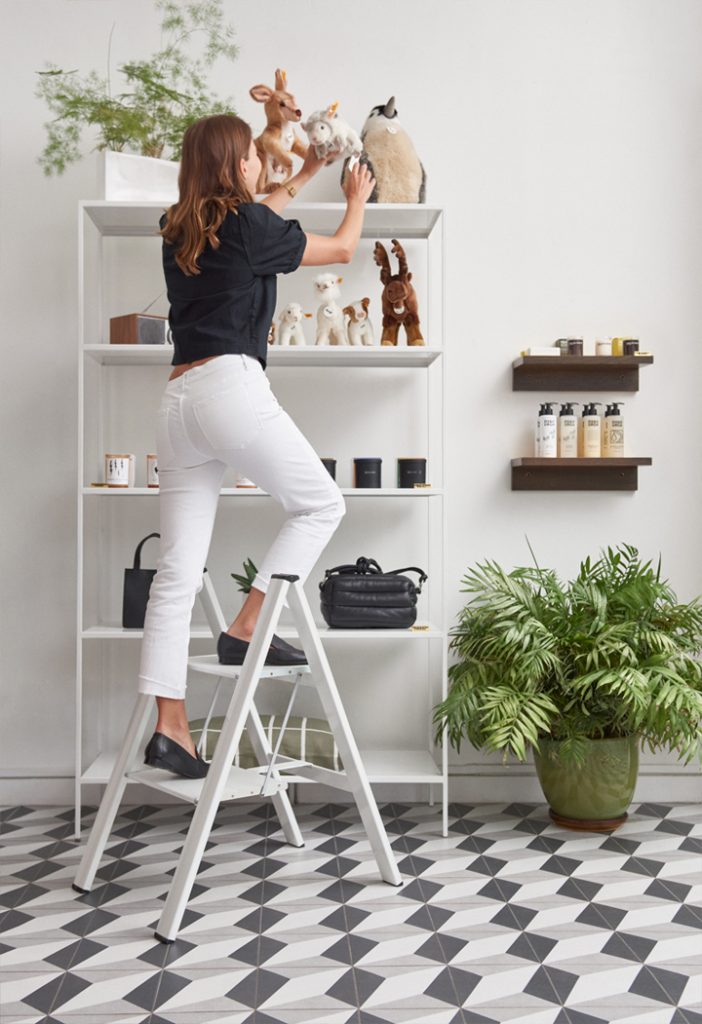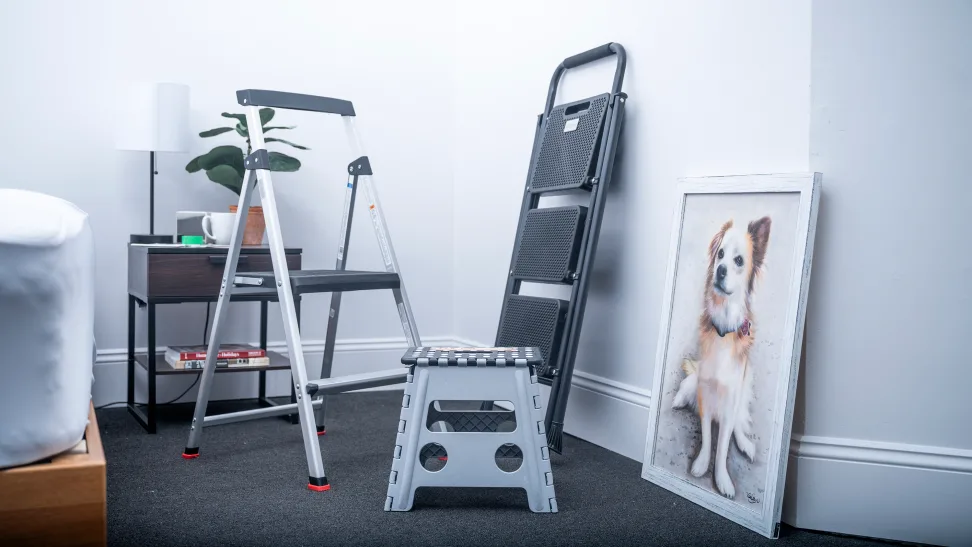Step Stools and Ladders: Choose the Perfect Access Tools
Contents
Every workplace has its own hazards, no matter how safe and secure it might appear. Sure, the hazards of the construction sites or medical labs are different from those of the offices, but that doesn’t mean the latter are entirely hazard-free. That includes the home-based ones as well.
Something as simple as fetching paperwork from the top shelf without the proper support can turn into a serious threat, putting you at risk of sustaining injuries. Trust me, I know. Ever since the pandemic changed the work dynamic, I’ve been working from my home office (and I don’t think I’ll be going back to the old ways any time soon), and while I assessed the ergonomic and comfort necessities, I failed to take care of the safe access requirements.
While there’s no need to implement a complex system of machinery as would be expected in an industrial workplace, like a warehouse or manufacturing facility, basic access equipment in the form of step stools and ladders could certainly come in handy with enhancing home office safety. Having the right tool can make a world of difference!
What’s the Difference Between a Step Ladder and a Step Stool?

In addition to the difference in the name, it’s easy to spot the other difference based on the design: one is a ladder, and the other is a stool, both working as steps. As such, the ladder is higher than the stool, so it offers more height advantages than its counterpart. The stool has a simple design that can consist of a single or two-step design, whereas the latter can be taller (three to six steps) and has a notable “A” shape.
The step stools are convenient for quick reaching for items or replacing lightbulbs, for example, whereas the step ladders are more suited for longer work as they offer a more stable and supportive base that’s larger and offers you more comfort and the balance you require to take care of tasks that are out of reach. Both of these access solutions come in different models based on the duty level you need them for, which explains the range of sizes, materials, and features they can be found in.
How Do You Find the Suitable Access Tool for You?

Start by considering the tasks you’d use this type of tool for. If you need just a little bit of extra height boost for quick reaching of items, then you can do with the simpler step-up stool option. Need a little extra height boost for a longer task that requires more comfort and stability, like organising a shelf or the top drawers?
Then you’d do well with step ladders instead. Be sure to check the duty level they’re designed for, and don’t forget to also pay attention to the load capacity to have peace of mind that the specific design can handle your weight. And, if you can’t decide between the two, as you can find both useful, why not do what I did—buy one of each? Since they come in different models, my advice would be to look into additional specifics like material and features.
Access Tool Materials
You have several options to pick from, among which the most common are:
- Wood is a traditional choice that’s known for its solid and sturdy structure. However, depending on the build quality, it may be susceptible to damage from moisture, so it’s not that great for use in outdoor spaces.
- Steel – if you require more sturdiness and stability than the wood, then you can pick this metal choice. The only disadvantage to it is its susceptibility to corrosion, so same as wood, it’s not that suitable for outdoor use.
- Aluminium – if you’re looking for something more lightweight, and affordable than the steel alternative, this metal is the go-to choice for ladder step stool tools.
- Fibreglass – although this is a type of plastic, it’s sturdy (even sturdier than aluminium) as it’s reinforced with glass fibres, so it can hold quite a lot of weight. This explains why they’re heavier in weight than theirir aluminium counterpart.
Access Tool Features
Getting a step tool that comes with some handy features can make access easier and simpler. If you want to make the most of this investment for your workplace, choose what’s most crucial to you out of the range of features:
- Slip-Resistance – as with any access tool, it’s necessary to first check if it’s stable and offers the support you require when reaching or fixing something at a certain height. A design is slip-resistant if it comes with features like slip-resistant feet that ensure the stool or ladder stays in place when you use it, as well as a a slip-resistant surface to ensure your feet stay in place when you’re on the elevated platform.
- Foldability – this is a neat property of access equipment pieces, especially in places where space and storage tend to be a problem.
- Weight – as mentioned, there are differences in the weight of the designs. This is an aspect you ought to check to be aware of how easy it is to transport the tool from place to place as the necessity arises around the office, workplace, or home.
- Casters – a design that comes with casters is easy to move from one spot to another, but it can also be an additional hazard if the casters aren’t lockable. So, to be on the safe side, check for lockability of the wheels.



